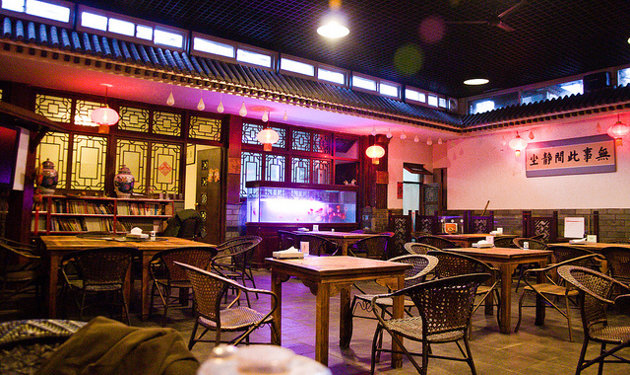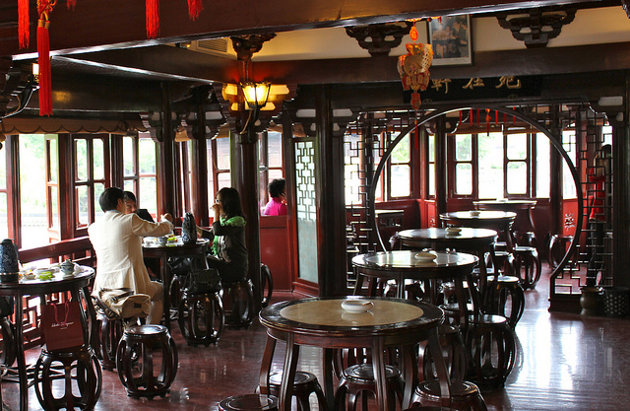
Round Or Square Dining Tables and Why?
By Sheere Ng - Thursday, Feb 21, 2013
We already know that the Chinese, and those whose cultures are closely related, eat over round tables. It has to do with the avoidance of sharp corners that can “cut into” the harmony of a family when they are dining together. But did you know that square tables were once what they ate on in ancient China?
Illustrations of square tables were found in wall paintings from as early as 900C.E. By Ming dynasty, a square table called 八仙桌 (ba xian zhuo) became the fashion of that era. 八仙 , which means eight deities in Mandarin, traces back to its origin. Legend has it that a family was hosting a wedding banquet at their courtyard, where guests were eating on the floor over concrete slabs, a common practise then. But a sudden rain ruined the meal, as the slabs were too heavy to be moved indoors.

At this point, eight men, who claimed to be the family’s distant relatives, arrived. After assessing the situation, they asked that the food to be brought into the kitchen. Meanwhile, the newcomers proceeded to the main hall and in no time, created rows of wooden square tables and benches. The men then disappeared into the evening as the guests were settling down. The people believed that they were the eight immortals from the heavens, and hence named the table after them. Eight, coincidentally, also referred to the number of people that the table could sit, two on each side.
As banquets and their scale increased, round tables entered the picture. By Qing Dynasty, they were the de facto choice. Plus, the shape has symbolic meanings in the Chinese culture. Known as 圆 (yuan) in mandarin, it also carries the meaning of reunion, continuity, togetherness as in 团圆 (tuan yuan), as well as completeness, wholesomeness as in 圆满 (yuan man).
Round also befits the Chinese’s practise of collectivism. Meals were usually had with family or friends, and round tables could accommodate that. They also allow diners to sit facing one another. As the Chinese eat from common dishes, round table makes sharing easier. When food is placed in the middle, it is equally near or far away from anyone at the table, so nobody is neglected.

In the west, round tables also carry special meaning. The legendary King Arthur of the early Middle Ages was said to have a round table where he gathered his knights. This was to enforce the concept of equality, as even the king himself couldn’t sit at the head (where traditionally in the west, people of greater importance sat), which such tables could not accommodate.


